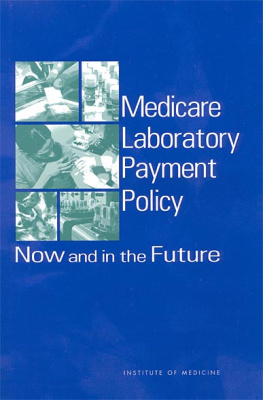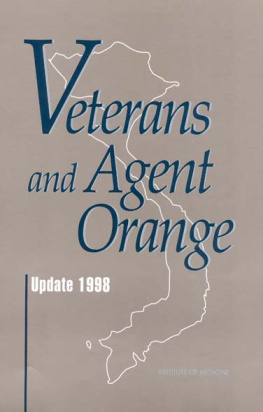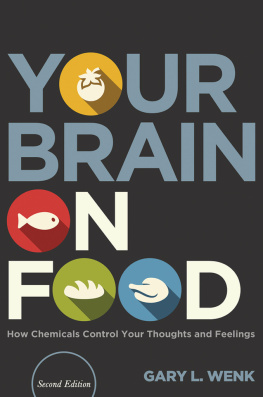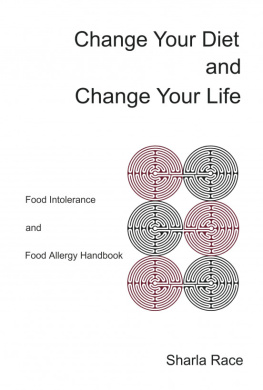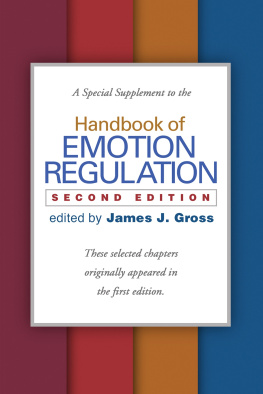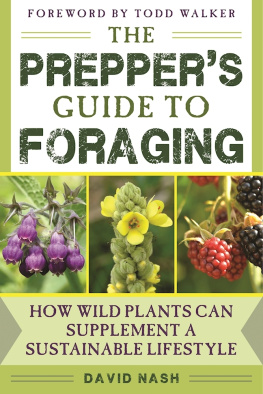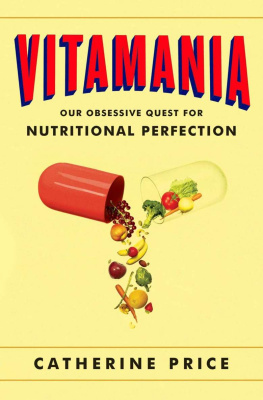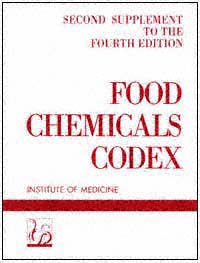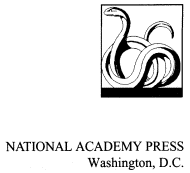| NATIONAL ACADEMY PRESS 2101 Constitution Avenue, NW Washington, DC 20418 |
| NOTICE The project that is the subject of this report was approved by the Governing Board of the National Research Council, whose members are drawn from the councils of the National Academy of Sciences, the National Academy of Engineering, and the Institute of Medicine. The members of the committee responsible for the report were chosen for their special competences and with regard for appropriate balance. |
| FOOD AND NUTRITION BOARD The Food and Nutrition Board (FNB) was established in 1940 to address issues of national importance that pertain to the safety and adequacy of the nation's food supply; to establish principles and guidelines for adequate nutrition; and to render authoritative judgment on the relationships among food intake, nutrition, and health. The FNB is a multidisciplinary group of scientists with expertise in various aspects of nutrition, nutritional biochemistry, food science and technology, epidemiology, food toxicology, food safety, public health, and food and nutrition policy. These scientists respond to requests from federal agencies about issues concerning food and nutrition, initiate studies that are later assigned to FNB committees, and oversee the work of these committees. Through members of its liaison panels, technical input in aspects of nutrition, food safety, food technology, and food processing is provided. |
| This study is supported by U.S. Food and Drug Administration Contract No. 223-99-2321. |
| COMPLIANCE WITH FEDERAL STATUTES The fact that an article appears in the Food Chemicals Codex or its supplements does not exempt it from compliance with requirements of acts of Congress, with regulations and rulings issued by agencies of the United States Government under authority of these acts, or with requirements and regulations of governments in other countries that have adopted the Food Chemicals Codex. Revisions of the federal requirements that affect the Codex specifications will be included in Codex supplements as promptly as practicable. |
| EFFECTIVE DATE The specifications in this supplement become effective March 31, 2000. |
| LIBRARY OF CONGRESS CATALOG NUMBER: 00-100186 |
| INTERNATIONAL STANDARD BOOK NUMBER: 0-309-06847-9 |
| Copyright 2000 by the National Academies. All rights reserved. |
| Additional copies of this report are available from National Academy Press, Box 285, 2101 Constitution Avenue, NW, Washington, DC 20055. Call (800) 624-6242 or (202) 334-3313 (in the Washington metropolitan area), or visit the NAP's on-line bookstore at www.nap.edu . |
| The full text of this report is available on line at www.nap.edu . |
| For more information about the Institute of Medicine, visit the IOM home page at www.iom.edu . |
| No part of this publication may be reproduced by any mechanical, photographic, or electronic process, or in the form of a phonographic recording, nor may it be stored in a retrieval system, transmitted, or otherwise copied for public or private use, without written permission from the publisher, except for official use by the United States Government or by governments in other countries that have adopted the Food Chemicals Codex. |
| Printed in the United States of America |
| The serpent has been a symbol of long life, healing, and knowledge among almost all cultures and religions since the beginning of recorded history. The image adopted as a logotype by the Institute of Medicine is based on a relief carving from ancient Greece, now held by the Staatliche Museen in Berlin.break |
|


